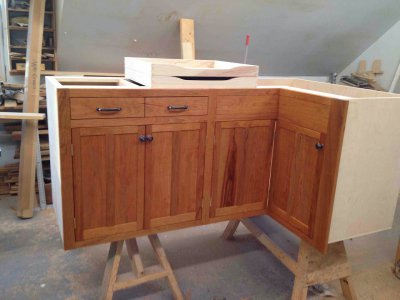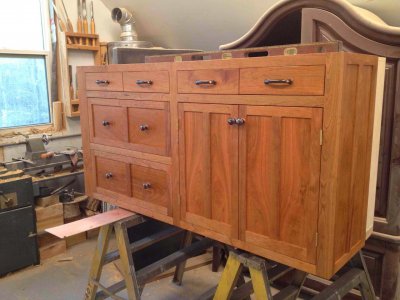Ok, finally have a little time to post about the black oxide juice...
I'm not particularly fond of the wedge style mill clamps and don't like fiddling with the little stepped wedges. I have another CNC job coming up that needs some special clamps so, I made these out of 4150 alloy drops. 4150 is a super alloy tool steel that's often used for pneumatic jack hammer tips. When you bring it up to Rockwell 50, it's like kryptonite. These were milled in the HR as-is condition and you need to be careful as, it will work-harden in a heartbeat and it will immediately make carbide cry like a baby. Anyhow these two little pieces took 10 minutes each to turn-out on the CNC machine. Notice that the hole is tapered and the top and feet are rounded to allow it to pivot.
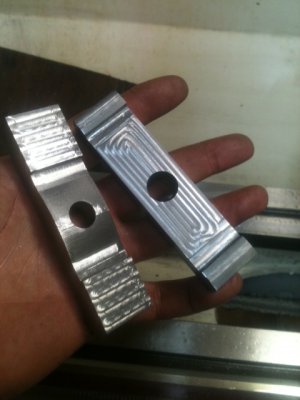
While I was at it, I made a bunch of T-slot nuts. I bought this pre-threaded rod and a bag of torque nuts which are 4140 heat treated, grade 12.9. The rod is not treated and the nuts were already black oxide treated.
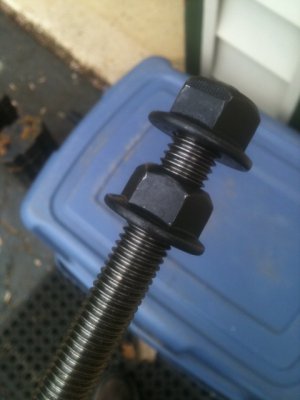
The etching solution contains the minerals to form the oxide. Mix it with distilled water in clean containers. I mix it 1:3 and it can be reused many times.
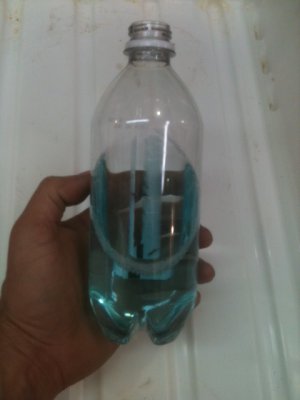
I warm the parts in a toaster oven to about 130 degrees or so. I previously heat treated the parts to Rockwell 45 and sandblasted them afterward. After sandblasting, the parts are only handled with gloves on. Skin oil will leave fingerprints and the oxide solution won't etch. Not much to see here... Just a handful of stuff...
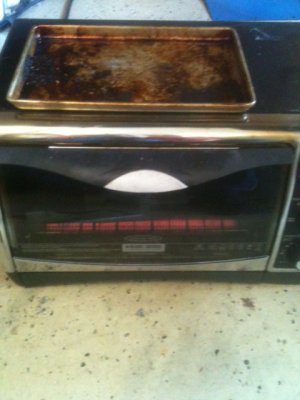
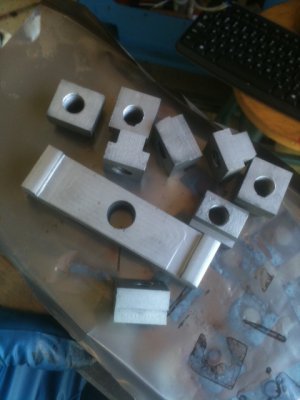
Dunk them in a clean tray and swish it around for a few minutes. They start turning black right away. This metal is heat treated and it takes longer than non-treated parts. Sometimes they turn an orange-rust color but, it all turns black later on. After soaking them I put them back on the stainless steel foil and heated in the toaster oven at very low heat -maybe 150F, until they are dry.
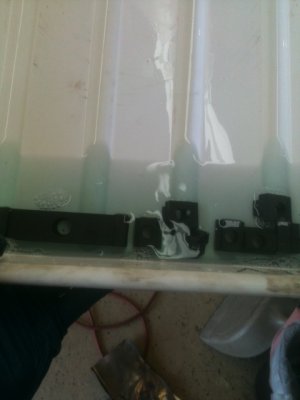
Finally, you just wipe the sealer on. It's a penetrating oil that smells a lot like linseed oil. The parts turn a nice rich black color. As you can see, it doesn't look much different than the store-bought nuts. After the sealer goes on, let them dry in standing air or put them back in the toaster at very low heat.
-And that's that...
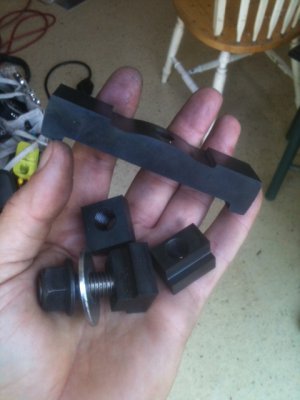
... And this was a little visitor I had yesterday while making the table clamps. The little one got it's feet tangled in the web of the welcome mat. He struggled to get loose and the situation needed intervention. He didn't mind posing for a photo first... He's fine now and lives in the tree next to the front porch.
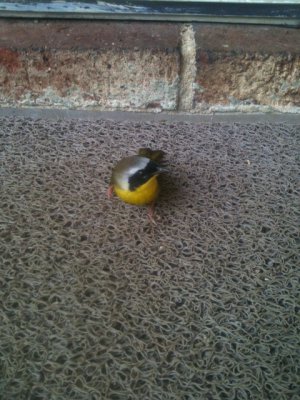
-And that's that!
Ray


















